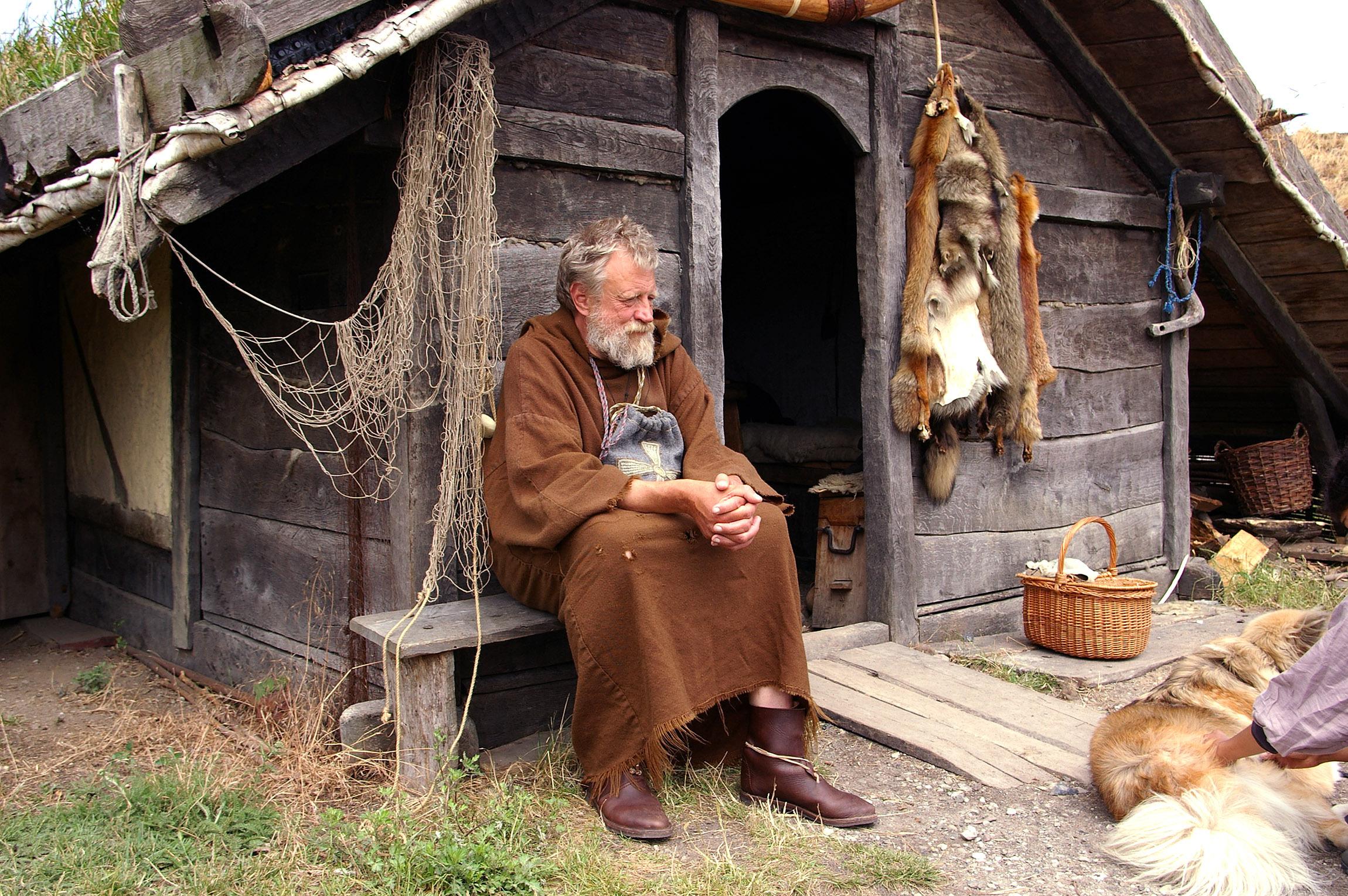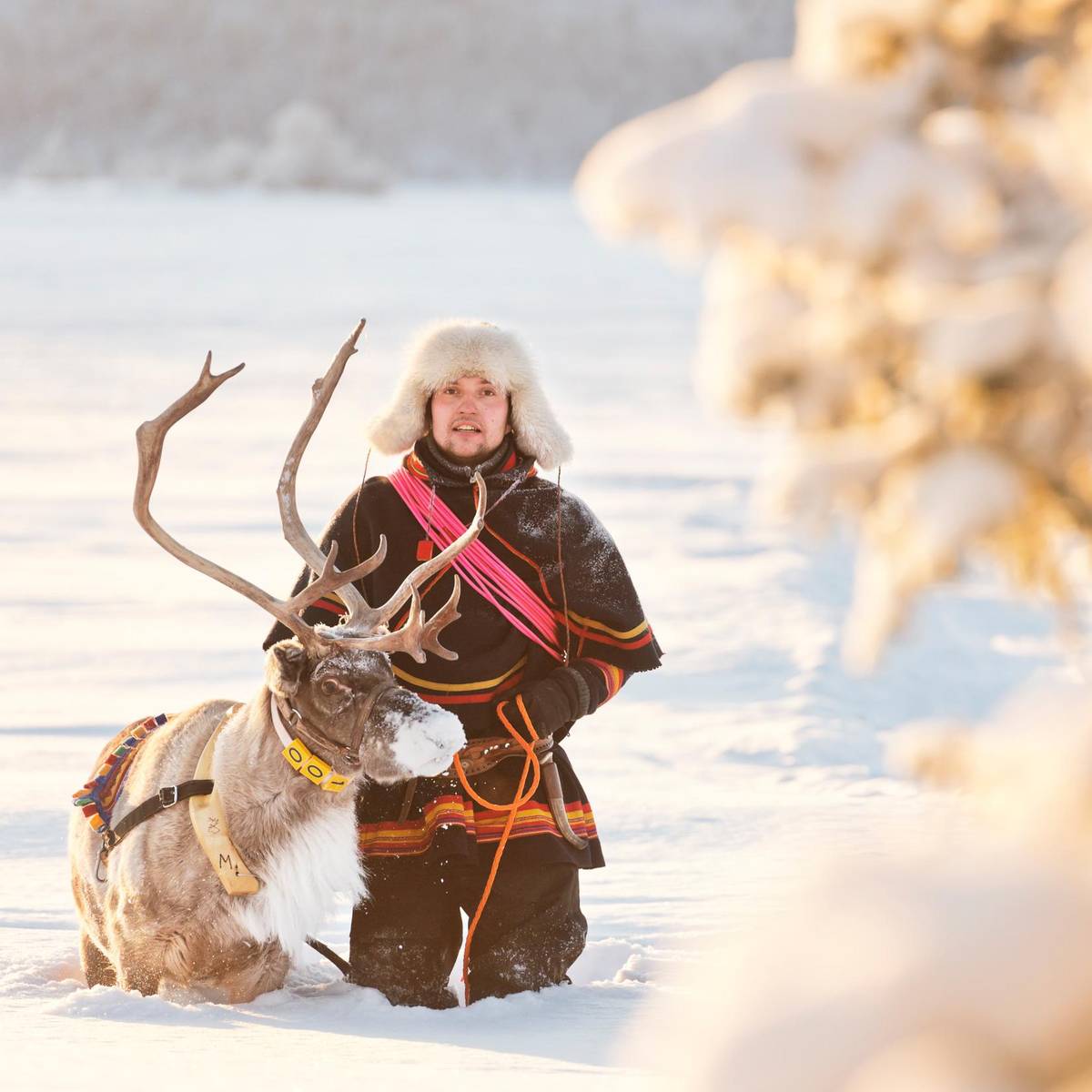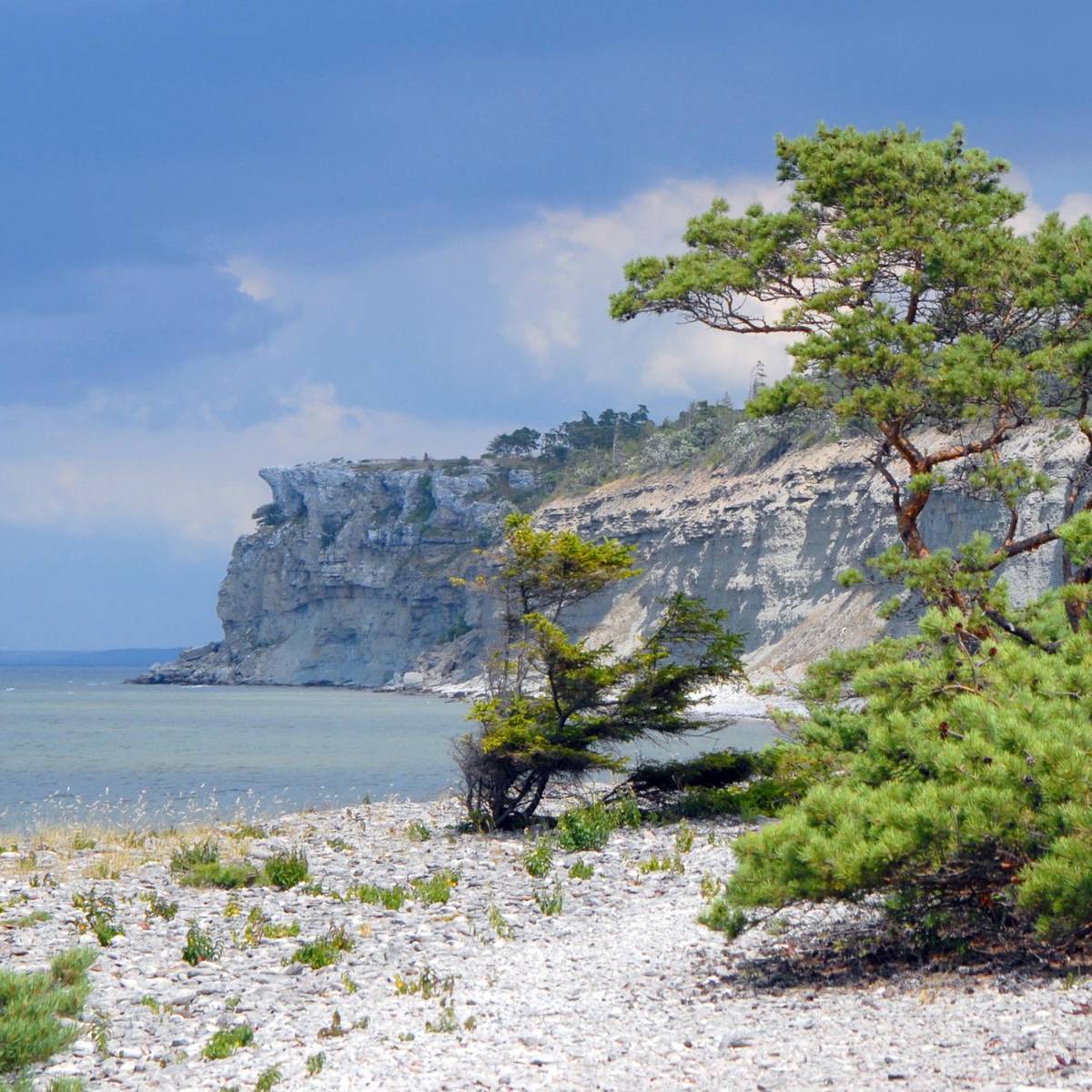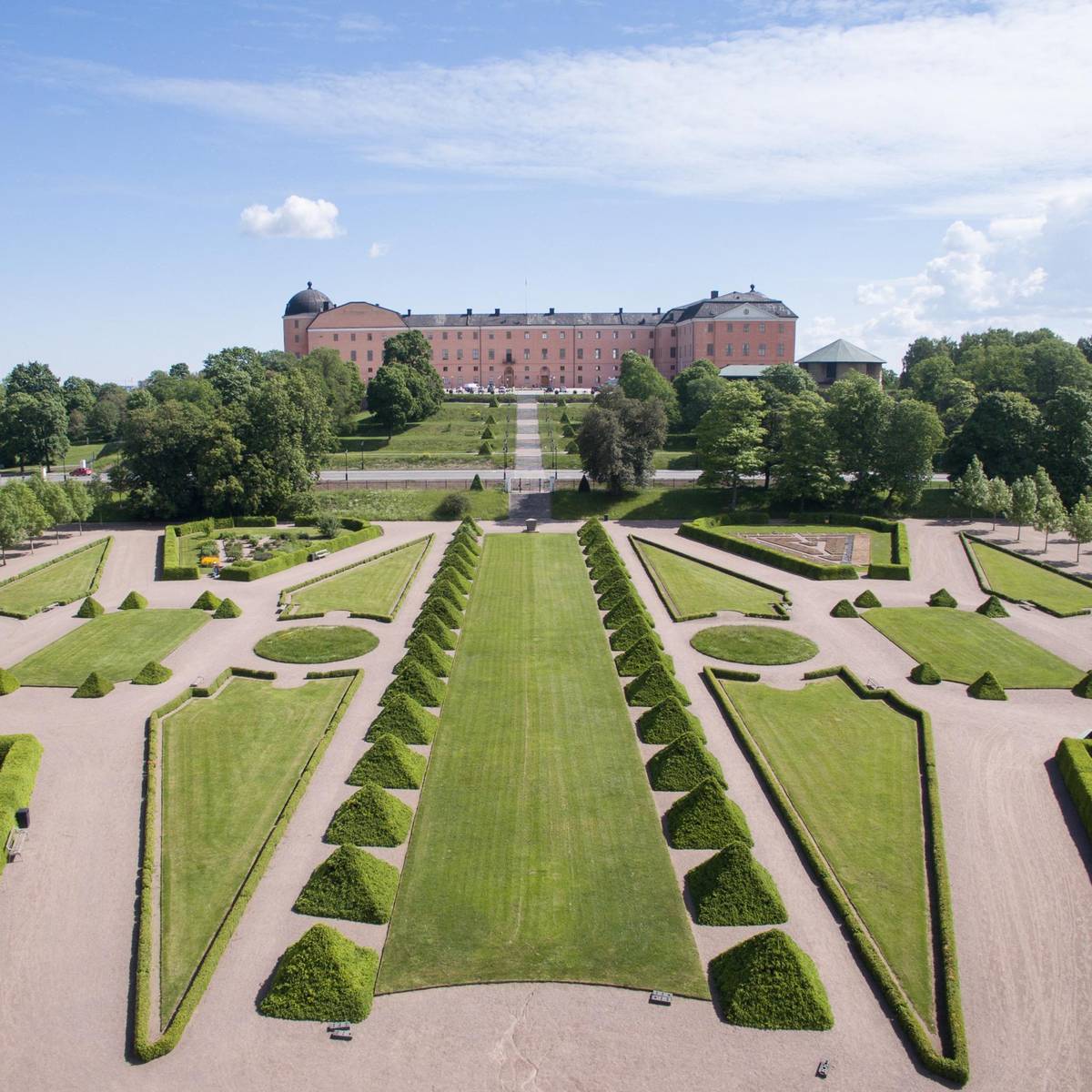You'll be able to discover the fascinating and multifaceted history of the Vikings via a range of immersive Viking experiences and sights across Sweden. Uppsala is home to the royal mounds, and courtesy of its onsite museum – Old Uppsala Museum – you’ll be able to experience one of Sweden’s most important historical sites.
On the outskirts of Stockholm on the island of Björkö nestles the settlement of Birka Village, dating back to the 750s. Discover this significant archaeological site as part of a guided tour, enlightening yourself further by exploring the museum and the authentically reconstructed Viking village.
While in the Swedish capital, don't miss the Swedish History Museum Historiska's interactive and experience-packed exhibition, The Viking World. Setting out to bust the myth of the Vikings as nothing but violent, godless villains, it presents a more varied picture of the Vikings and their lifestyle via archaeological discoveries and research. Lap it all up via 2,500 original objects, VR experiences and interactive booths featuring themes such as cosmology and shipbuilding.
The Viking Museum is another top attraction in Stockholm. Make sure to experience ‘Ragnfrid’s Saga’ – a Viking ride inviting you to accompany a couple on a journey that begins at Frösala Farm, before taking a more unsavoury turn via bouts of plundering and slave trade.
There are even Viking-themed dining experiences to be had in Sweden. Located in Stockholm's Old Town and named after a Viking ship, Aifur Restaurant & Bar offer a historical dining concept that will have you immersed in the Viking world. Educational storytelling is woven into the varied menu, based on Viking-age culinary and cultural research. To drink, you'll be able to choose from an impressive selection of mead, and the music is in keeping with the theme, too.
Moving further south, the charming city of Visby on the island of Gotland – located in the Baltic Sea some 100 kilometres east of mainland Sweden – has a UNESCO-listed town centre with Viking-era remnants, including some of the winding entry roads running from the cliff to the harbour. Elsewhere on the island, you'll find a number of Viking burial grounds, including a 15-hectare site in Stenkyrka, studded with some 1,000 graves; and on the shores of Fårö, there's a smaller burial site. Also look out for the numerous and impressive picture stones dotted across Gotland in places such as Buttle and Hablingbo.
Important Viking remains have also been found in Skåne, the southernmost county of Sweden. To paint a complete picture of Viking life, buildings such as castles and longhouses have been reconstructed, and so too entire villages. Foteviken, near Höllviken in southwest Skåne, is an authentic environment serving up experiences such as buzzing markets, thrilling battles and jewellery making in the smithy. Don't miss the opportunity to purchase a Viking-inspired piece of craft or jewellery here or at retailers like Handfaste in the Old Town of Stockholm.
Also consider the archaeological theme park VikingaTider in Skåne's Löddeköpinge. This 25-hectare open-air museum has been recreated with pastures and animal husbandry, inviting visitors of all ages to join a guided tour or try their hand at crafts or enjoy a game or two – in true Viking-style.
Wherever you go in Sweden, you will find a wealth of Viking Age history to explore and astound at, hopefully giving you a nuanced idea of what the Vikings were all about.
















